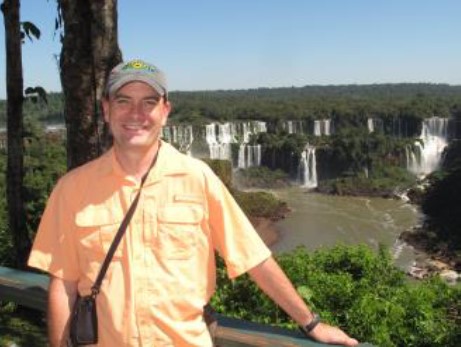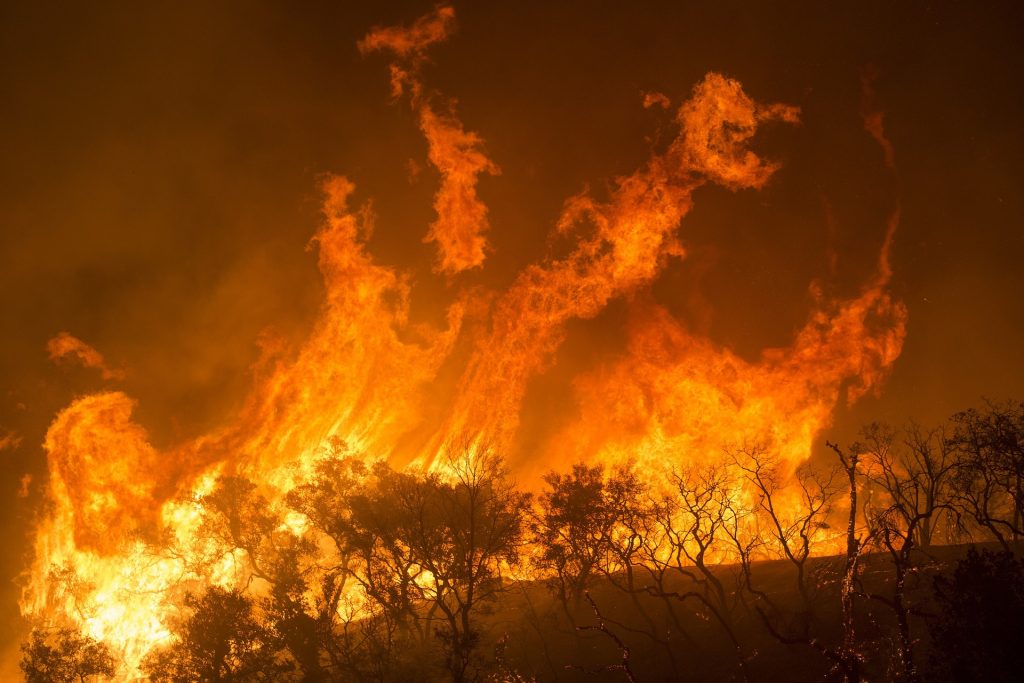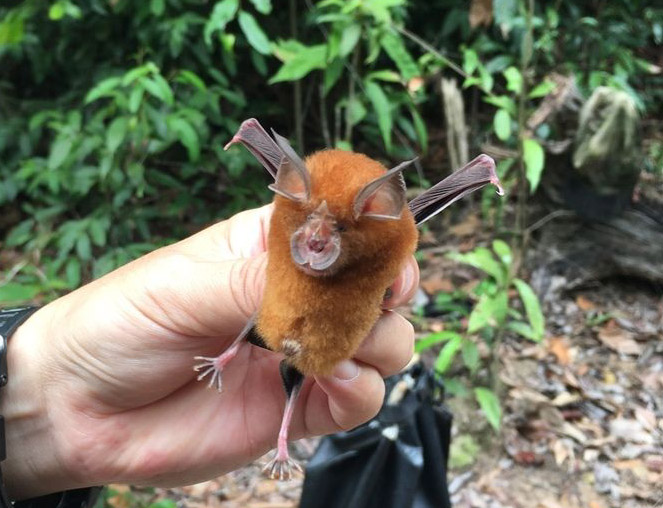What’s the buzz? Studying insects on ‘the web’
What’s the buzz? Studying insects on ‘the web’
A series of webinars, originally seen as a temporary response to some of the travel constraints imposed by the COVID pandemic, will most likely continue after post-COVID equilibrium is restored.

“In light of the current pandemic, many scientific meetings were cancelled – including the many meetings that IUFRO Working Parties (WPs) and other units host each year,” said Dr. Jeremy Allison of the Canadian Forest Service and coordinator of IUFRO’s WP 7.03.16 that deals with Behavioral and Chemical Ecology of Forest Insects.
Read more…Meet the Coordinator
Meet the Coordinator
Interview with Division 6 Deputy Division Coordinator Taylor Stein
From: Division 6 Newsletter, Issue 02, 01-2021
https://www.iufro.org/fileadmin/material/science/divisions/div6/60000/iufro-division-6-newsletter-issue-2-2021-01.pdf
What’s your name and affiliation, and what’s your role in Division 6?

My name is Taylor Stein, and I am a professor of ecotourism and natural resources management in the School of Forest, Fisheries, and Geomatics Sciences at the University of Florida in the US. I happily serve as a deputy for IUFRO in a few areas. I am one of three Deputy Coordinators for Division 6, overall, but I also happily serve as Deputy Coordinator for Working Group 6.03, Nature Tourism, where I had previously served as Coordinator.
Read more…COVID-19-induced Visitor Boom Reveals the Importance of Forests as Critical Infrastructure
COVID-19-induced Visitor Boom Reveals the Importance of Forests as Critical Infrastructure
Guest blog provided by Lukas Giessen, Coordinator of IUFRO Research Group 9.05.00 – Forest policy and governance
During the 2020 COVID-19 pandemic, countries around the globe have implemented a certain degree of lockdown, restricting citizens’ freedom of movement and freedom of assembly. An article recently published in Forest Policy and Economics by Jakob Derks, Lukas Giessen and Georg Winkel of the European Forest Institute, Bonn, Germany, aims to illustrate the impact that the measures against the spread of COVID-19 have on forest recreation.
Read more…The world is fighting forest fires in the midst of a pandemic
The world is fighting forest fires in the midst of a pandemic
Interview with Dr. Andrey Krasovskiy originally published in French: https://journalmetro.com/perspective/2477417/monde-lutte-feux-de-foret-pandemie/
On 25 June 2020 by Miguel Velazquez, Métro World News
Dr. Andrey Krasovskiy is a Research Scholar working with the Ecosystems Services and Management Program (ESM) of the International Institute for Applied Systems Analysis (IIASA), Austria: https://iiasa.ac.at/
He is a Member of the IUFRO Task Force “Fire$: Economic Drivers of Global Wildland Fire Activity”: https://www.iufro.org/science/task-forces/global-wildland-fire-activity/
Q: What is the outlook for forest fires this year?
Forest fires are likely to keep the dynamics from previous years. Along with the problematic regions, such as Amazon, where forest fires are driven by deforestation, and Indonesia, where extremely vulnerable peatland areas are located, considerable fire events are to be expected in boreal forests of Russia, the US, and Canada. The forest fires might also show relative increase compared to previous years in Central European countries. There is a danger that post-quarantine human activities will further add to forest fire frequency in the Mediterranean region, as well as globally.

View from the forest: the interlinked crises of COVID-19, environmental degradation and inequity – A Guest Blog
The underlying cause of the COVID-19 pandemic is the spill-over of a virus from a presumed bat wildlife source – and its spread in the vast human population and its vulnerable systems. There are many questions yet unanswered about the virus’s source – which species of bat, was it sold in the Wuhan Wet Market, did a number of bat-human transmissions occur or were transmissions to other animal species involved in the development of a virus capable of human to human transmission. For the moment all efforts are on controlling the disease. It has emerged and spread rapidly around the highly connected planet. In the long run, understanding how to prevent further such pandemics will be a major focus.

Link to license: https://creativecommons.org/licenses/by-nc/4.0/legalcode
